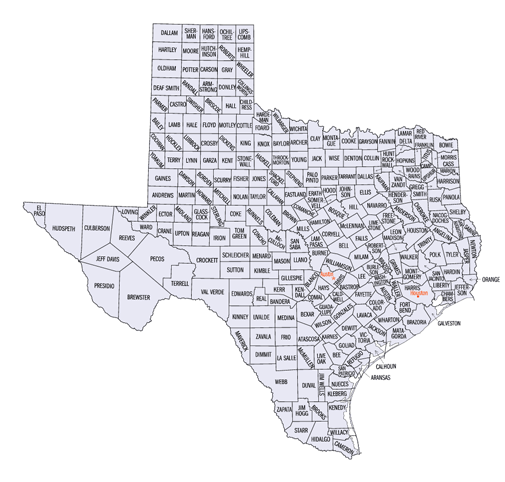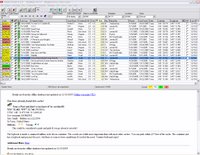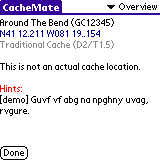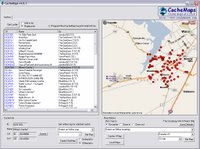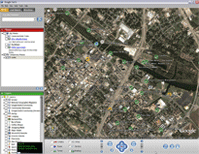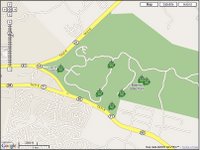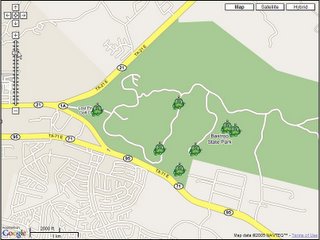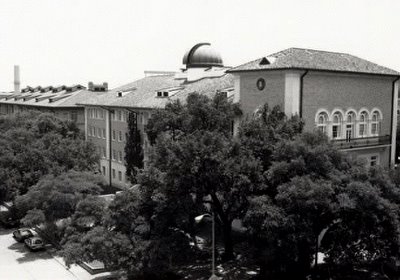Most of the time, I pride myself in taking the time to sit down and write short, yet original cache logs on the Geocaching.com website for each of my finds. Unfortunately, at times, I fall into the trap of copy/paste logs - especially when I have just come back from a large cache run (or I just get lazy). This is a short excerpt from a blog post by Mike at jestcaching.com from last October. It is interesting reading.
jestcaching: Write a Good Geocaching Log
jestcaching: Write a Good Geocaching Log
People that hide caches do so to share the experience with the finders. Most hiders look forward to reading the logs after somebody finds them. In most cases the hider puts more time into hiding and posting the cache than the geocacher that finds the cache. So why not reward the hider with a good log? We love reading logs telling the experience, especially ones that include some humor. It really makes our day to 1. know that somebody took the time to find one or our caches and 2. to hear about the fun (or sometimes frustration) they had while finding it. That being said we would like to introduce a couple of our favorite log writers.
Oregon is a geocacher on the West Coast that writes epic logs. He has not been very active lately and his profile says that he is over 200 logs behind. If you read some of his logs you can certainly understand why. Some could be considered short novels. They not only talk about finding the cache, but also getting there and sometimes what is going on with his life. They are hilarious. We have spent many nights just sitting in front of the computer laughing at his musings.
Closer to home we have a geocaching team named Yodadog. We have met the team several times and have even walked the trails with them and each time it seems weird. That is because they write their logs in the third person or should we say third canine? They have an adorable Corgi that has been personified in their logs. Seeing them this weekend we asked who got the most email - The Master, The Mistress, or Yoda. Seems Yoda wins hands down. Go to their profile and read some of their logs if you are in need for some entertainment and a good laugh.






